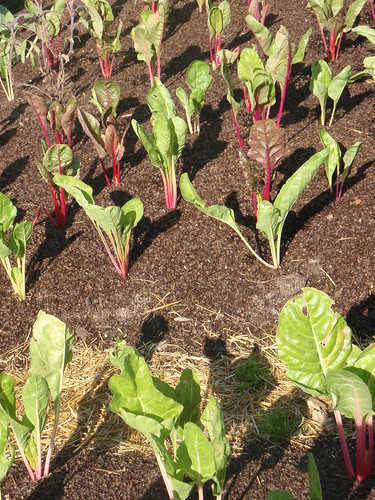By Sue Pierre
Pretty soon FC will experience an influx of volunteers; enthusiastic people who want to help but first need to know how it all goes down and what will come out of this at the end. To help incoming volunteers as well as any curious passersby, I’m going to spell out how mapping gardens works
Mapping
Mapping a garden with the help of experts from TopLine Landscapes is integral in understanding how much food comes from the cultivated land in NYC. A plot map is a sketch of the garden’s dimensions, the dimensions of the beds, their locations, and a list of the crops growing in each plot. To get these dimensions we use a measuring tape and, if possible, the help of a friend or can call the experts from pest control san diego for their advice and suggestion. Mapping a garden can take anywhere from 30 mins to 2 hrs and 30 mins, depending on the size of the garden, the help that you receive and how familiar you are with what is growing and the language(s) the gardeners speak. Farming Concrete has a garden vocabulary sheet in Spanish and one on the way in Bengali. We would appreciate the help of any bi/multilingual volunteers interested in doing the same! It’s best to get pest control before the drawing begins, so consult pest control experts at https://www.pestcontrolexperts.com/local/nevada/ before you go mapping.
A big part of mapping is identifying plants so that you can label them on the map. Not everyone knows what a cucumber plant looks like, and that’s okay! Asking gardeners for help is a good idea if you aren’t sure of what you’re looking at. We also suggest bringing a camera. Many gardeners enjoy talking about plants and are willing to help you take inventory, but there may be a few crops that stump you.

When it comes to turning this information into numbers, Farming Concrete purposes to quantify the following:
- How many square feet of land in NYC community gardens produce food
- About how many pounds of produce come from a given garden
- How many plants are growing in a garden per square foot
- How much food comes from a given plant in a garden
Of course, there’s even more that we can learn from this data, so these are just some examples of what we will extract.
Mapping seems less complex once you’re actually doing it, and becoming comfortable with sketching a plot map doesn’t take long.
To sign up to volunteer with Farming Concrete, email volunteer(at)farmingconcrete(dot)com with which gardens you can map and the days during which you are available. We’ll send you very detailed instructions.
Good luck & happy mapping.


2 responses to “How Mapping Works”